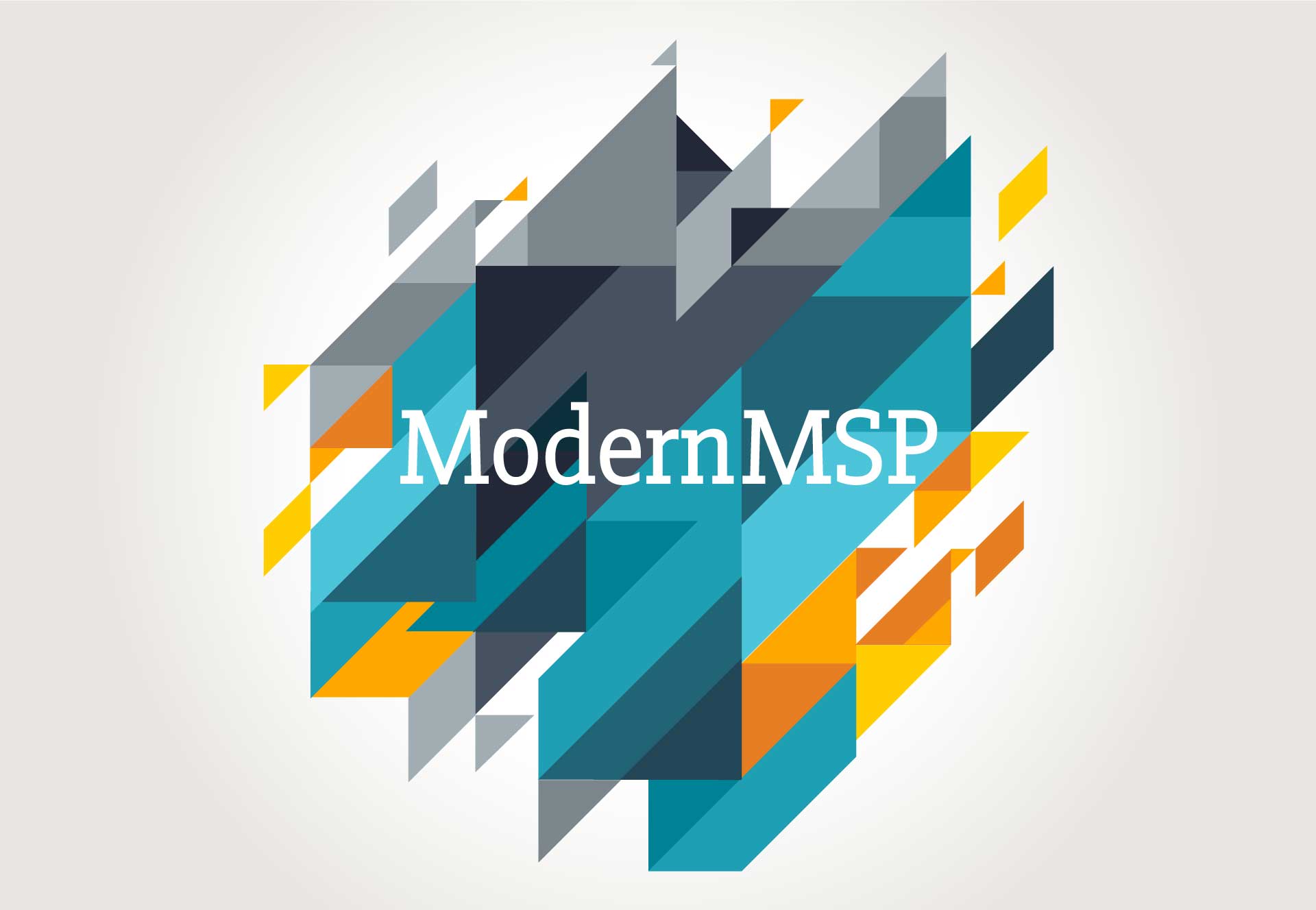MVP to MVP: Talking Cloud Adoption (Part 2: Selling More Cloud)
This is part two of the interview. Read part one here.
I had a great conversation with Raphael Köllner, a Microsoft MVP in Office Servers and Services, Windows Top Insider, MCT and Microsoft Student Partner Evangelist. Raphael is a trainer and speaker in the field of IT and law, and often the interface between them. His priorities are in the field of cloud computing from a technical and legal point of view.
Please note: The following interview was conducted and transcribed in German, then translated internally to English. We intend to provide as accurate a representation of the original conversation as possible.
[HB:] Do you think that the subscription model of Office 365 is sufficient to provide enough revenue?
[RK:] It’s not easy to switch from the old model—hardware + licenses + service—to a subscription model. The three-year cycle is gone and the partners have to deal with the new and constantly-changing technical possibilities of the cloud to generate a business model. Partners must examine an ongoing process with their customers to find opportunities to add value. This service—to study, implement and train—can also be its own subscription model. And distributors like Ingram Micro and TechData have since become well-established and also help with third-party tools, such as BitTitan, to close gaps.
[HB:] Which obstacles await the partner?
[RK:] Microsoft does not make it easy to partners and end users. There are many services and tools that provide the same or overlapping functionality. But here is the big chance for the Partner: knowing their customer culture and operation, they can make recommendations, implement, activate, and train from a vast portfolio of cloud products. Otherwise corporate users may build a shadow IT, maybe using WhatsUp, OneDrive Consumer, or a simple DropBox, and the IT department loses control. Users are unaware of the security risks and IT administrators have to rethink.
Turning away from a servicing and maintenance of IT systems adds considerations, including which systems are used in the company, and where and how processes are revised or changed—not just in the server space or the Office components, but also the client operating systems like Windows 10. The old habit of a client evaluating an operating system after the first service pack can and must be forgotten. Even with Windows 10, there are no longer such cycles; the same applies to new on-premises servers. The retention of updates over a year is no longer possible—it’s an ongoing process that administrators have to support, evaluate, and share continuously.
[HB:] What further requirements should the partners consider?
[RK:] Often the cloud services are not used by the partners themselves. And that makes it more difficult for partners to sell cloud services and start their own subscription model. The longer the partner is reluctant to deal with the cloud, the greater the risk of losing the connection. If a customer is migrated, it eliminates the need for updates and patches. And the partner loses revenue.
Partners need to learn that after the first step—for example, email migration—other implementations must follow. If a partner is not able to deliver additional cloud services, customers will buy more from other providers who can. So here the possibility arises to offer complete subscription packages.
[HB:] Thank you for your answers and thoughts.
Read part 1 of the interview here.
Learn how BitTitan can help you offer greater value to your customers by attaching managed services to Office 365.





